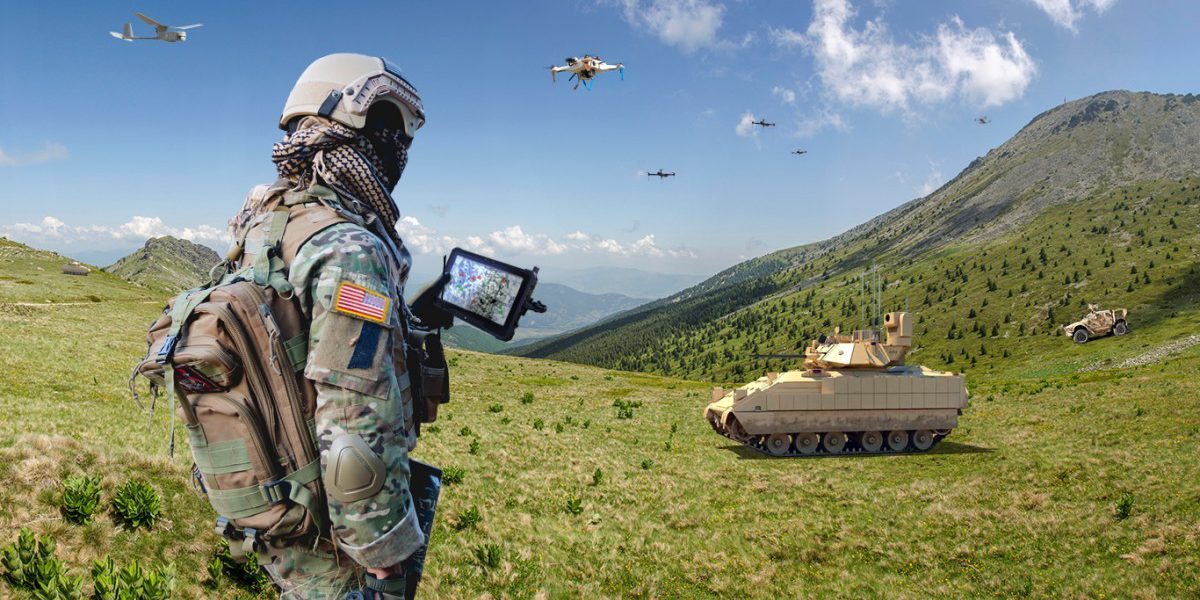ABERDEEN PROVING GROUND, Md. — Army and Arizona State University researchers identified a set of approaches to help scientists assess how well autonomous systems and humans communicate.
These approaches build on transformational scientific research efforts led by the Army’s Robotics Collaborative Technology Alliance, which evolved the state of robots from tools to teammates and laid the foundation for much of the service’s existing research into how humans and robots can work together effectively.
As ideas for autonomous systems evolve and the possibilities of ever-more diverse human-autonomy teams have become a reality, however, no clear guidelines exist to explain the best ways to assess how well humans and intelligent systems communicate, Army researchers said.
“The future Army is going to have complex teams in terms of how they will involve autonomy in different ways,” said Dr. Anthony Baker, postdoctoral scientist at the U.S. Combat Capabilities Development Command, known as DEVCOM, Army Research Laboratory. “There is a clear need to be able to measure communication in those types of teams because communication is what defines teamwork. It reflects how the team thinks, plans, makes decisions, and succeeds or fails.”
“If you can’t measure how the team is doing, you can’t do anything to improve their performance, their decision-making, all of those things that make it more likely for the Army to maintain a decisive overmatch on the battlefield and for the Warfighter to accomplish the mission,” he said.
In the recently published Human-Intelligent Systems Integration journal paper Approaches for Assessing Communication in Human-Autonomy Teams, researchers listed 11 critical approaches for assessing communication in human-autonomy teams. Baker said their focus is to change Soldier involvement with those systems.
The approach considers communication structure:
- Who is saying what to whom and when
- Dynamics, or how interaction patterns evolve over time
- Emotion, which looks at how information is communicated through facial expressions and vocal features like tone and pitch
- Content, which draws on different aspects of words and phrases themselves


